Putting your clients in the best position to succeed.
In 2019, the SEC released the Regulation Best Interest rule1.
Reg BI helped clarify the requirements of registered investment advisers (RIAs), including the fiduciary standard.
What is the fiduciary standard?
The fiduciary standard states that “investment adviser[s] must, at all times, serve the best interest of its client and not subordinate its client’s interest to its own.”2
Digging in – Fiduciary Duty in Action
Acting in the best interest of clients may feel like table stakes. Everything RIAs do is designed to support clients, helping them to build wealth, achieve their goals, and retire comfortably.
However, fiduciary duty expands beyond the work that advisors do day-in and day-out. A crucial element for an RIA to fulfil their fiduciary duty is to ensure they are working with vendors that put their clients in the best position to succeed.
RIAs should consider asking a few questions about their vendors:
- Are my providers offering the resources my clients truly need to succeed?
- Are their offerings evolving with industry standards to deliver the best available opportunities for my clients?
- If my vendors are falling short, what alternatives are available on the market to meet the needs of my team, and my clients?
From Best Execution to cybersecurity policies and procedures, third-party vendors can have a major impact on client success.
But on top of evaluating the technical capabilities, RIAs should make sure they dive into one key point with their vendors: pricing.
The custodian landscape is changing – with falling service levels, confusing technology, and a complicated merger, advisors could end up over-spending for a custodian that is not supporting their clients’ success. To ensure they’re fulfilling their fiduciary duty, it can be critical that RIAs work to find a custodian that provides the best resources and value to their firm.
Breaking Down RIA Custodian Pricing
To find the best value from a custodian, it can help to understand how custodians make money.
Advisors pay RIA custodians in a few different ways.
At their core, custodian pricing arrangements typically involve asset-based pricing, ticket-based pricing, and/or a platform fee:
- Asset-based pricing: RIAs or their clients pay a custodian based on the value of assets managed on the platform. The firm will pay some basis point fee to maintain the custodial relationship, with the total cost adjusting as the firm’s AUM increases or decreases.
- Ticket-based pricing: RIAs or their clients pay a custodian based on trading activity. There is a certain fee based on each trade placed (often determined by asset type), with total cost being dependent on trading volume.
- Platform Fee: RIAs pay a set, recurring fee for access to the provider’s technology platform and custodial services platform.
Every RIA custodian has its own unique way of pricing its offering. Some may have flashy options like “zero-fee trading” to entice advisors, while others may look to deliver asset-based pricing at a lower basis point fee than competitors.
On top of these arrangements, advisors and their clients may also be paying their custodians through 12b-1 fees, interest on asset-backed lending/margins, payments for order flow, management fees for proprietary funds… the list goes on.
Demystifying what an RIA is paying its custodian can help to identify if that custodian is truly providing the most value to a firm.
Pricing for the RIA, and for the Clients
When evaluating the success of a custodial relationship, consider how the pricing structure was determined. Pricing for custodial services and technology doesn’t just impact the RIA, it can have a major impact on clients.
TradePMR takes a personalized approach to pricing to help develop a pricing model that fits the needs of each unique RIA. The firm believes that pricing should begin with a conversation, not a one-size-fits-all rate sheet. The team works to understand how an advisor’s business works, how they deliver value to clients, and what their plans are for short- and long-term growth. Only once those points are clear does TradePMR deliver a pricing model that could work for the RIA.
If you feel that your custodian’s pricing could be inhibiting client growth, it may be time to look elsewhere.
Time to look for greener pastures?
Many RIAs that are approaching a custodial merger are taking a “wait-and-see” approach. They’re undergoing this major custodian transition, without too much clarity as to what they can expect after the process is complete.
Will the pricing structure change after the move? If it remains the same, can the advisors expect to receive the same level of service?
It’s hard to say what will happen, but if you’re paying the same amount for worse service and a clunkier RIA tech stack, you could fall short of your fiduciary duty.
RIAs considering a move may review alternative custodian options and decide that their current provider has the offerings and pricing that’s best fit for their business. Or they may find that there’s another vendor in the industry that can better facilitate their clients’ success. There’s no guarantee, but it’s an advisor’s fiduciary duty to do the research and find out.
If you’d be interested in learning about TradePMR’s offering and if the provider could offer pricing that better fits your RIA’s needs, we should talk. We can dive into your business, the types of clients you serve, and if TradePMR could help you reach the next stage of your business.
1 Regulation Best Interest, Securities and Exchange Commission, September 9, 2019.
2 Regulation Best Interest and the Investment Adviser Fiduciary Duty: Two Strong Standards that Protect and Provide Choice for Main Street Investors, Securities and Exchange Commission, by Chairman Jay Clayton. Published July 8, 2019.







